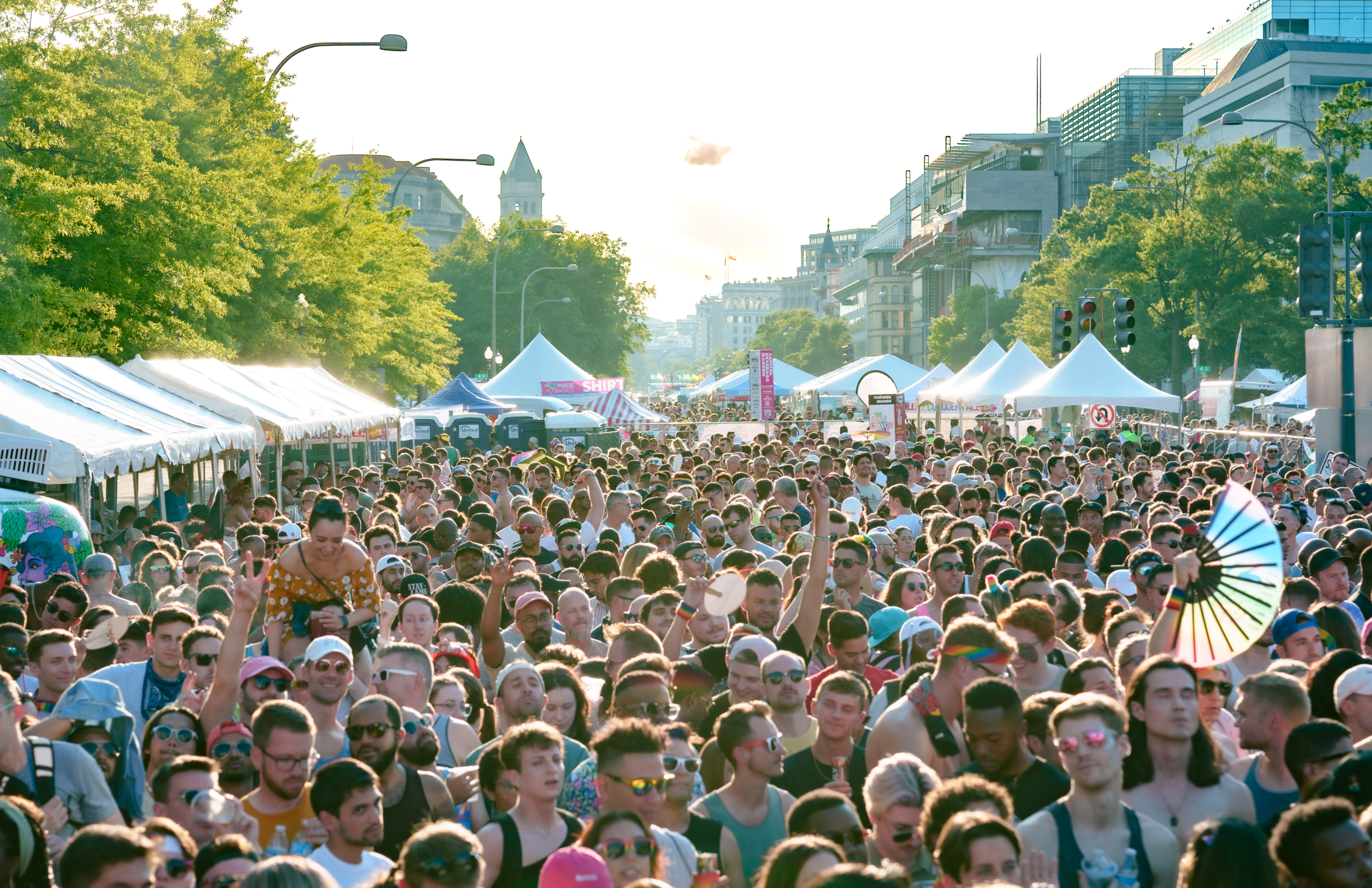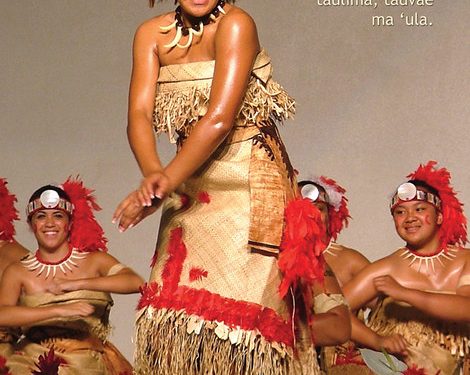As the sun dips below the horizon, colors take on a vivid resonance – a multitude of twinkling lights burst into life, mingling with the intoxicating aroma of home-cooked delicacies. The drumbeat of traditional music echoes in the heart, beckoning people to unite in joyful celebration. The magic weavers of these vibrant symphonies are none other than our beloved festivals – the lifeblood of our treasured cultural heritage. Cast against the backdrop of this enchanting ambiance, our discussion today unravels the intricate tapestry of the vital role of festivals in preserving and celebrating culture. Carved not only into our calendars but also our hearts, these jubilations serve as fertile ground, sewing seeds of tradition, unity, and identity. Immerse yourself in this visually rich and introspective journey as we delve deep into the heart of cultural preservation, exploring how the infectious spirit of festivals helps maintain the beautiful equilibrium between past, present, and future. Festivals serve as a vibrant hub of cultural expression and preservation, a beacon lighting up the path of human philology and the passage of traditions from one generation to the next. They imbue our lives with color, joy, and a sense of belonging, providing a consistent way to celebrate our origins, roots, heritage and the rich tapestry of beliefs held by our ancestors. Each festival carries an array of symbolism, stories and traditions, each unique and insightful in its own way. These are not merely celebratory events, but mediums of learning, platforms for cultural education where nuanced and complex traditions unfold before young eyes, helping them grasp the meaning and importance of their heritage. Whether it’s the vibrant colors of Holi symbolizing spring’s arrival, or the intricate patterns of kolam during Pongal speaking volumes about India’s artistic heritage, every aspect of a festival holds a universe of wisdom in itself.
To engage with a festival is to engage on a deep level with a culture: its history, its values, its stories. The integrative role of festivals cannot be overstated. From being a spectator to a participator, festivals function as a bridge, enhancing cultural exchange, fostering understanding, and nurturing empathy among varied groups. By taking part in a festival, one doesn’t just observe a culture, one experiences it, thereby breeding familiarity, acceptance and appreciation of diverse social constructs. With globalization and modern technology paving the way for the rapid sharing of cultures, festivals have grown beyond their regional boundaries. They now serve as a symbol of unity among masses, a tool for cultural exchange and a unique education medium, intertwining threads of diverse backgrounds into a global tapestry. Thus, harnessing festivals effectively could be a significant strategy towards preserving cultural identities while promoting societal cohesiveness.
The myriad techniques of celebrating festivals, from music to dance, from artistic expressions to culinary prowess, all contribute to the preservation of intricate cultural heritage. Today, we find ourselves at a junction where traditional practices meet modern approaches, creating a fascinating blend for the future of festivals. As society and cultures continue evolving, so will the ways in which we celebrate, educate, and preserve our heritage through festivals.
As we twirl away from our exploration of the vibrant world of festivals, we leave on a melody of unity, cultural pride, and joyous community spirit. The role of these festivities in preserving and celebrating culture is tantamount to a prism – refracting a spectrum of values, histories, beliefs, and traditions into heartwarming hues of intimacy and identity. Each is a finely woven tapestry of participating voices, every weave and thread telling stories of generations past and visions for those yet unborn. In conclusion, the magic of festivals transcends the boundaries of mere celebration, morphing into a touchstone for both cultural preservation and evolution. So, whether it’s the thunderous drums of an African festival, the intricate lanterns of a Chinese gala, or the colorful parades of a Caribbean fête – each is a loving embrace of our legacy, a testament to the vitality of diversity, and a shared dance on the grand stage of humanity.





